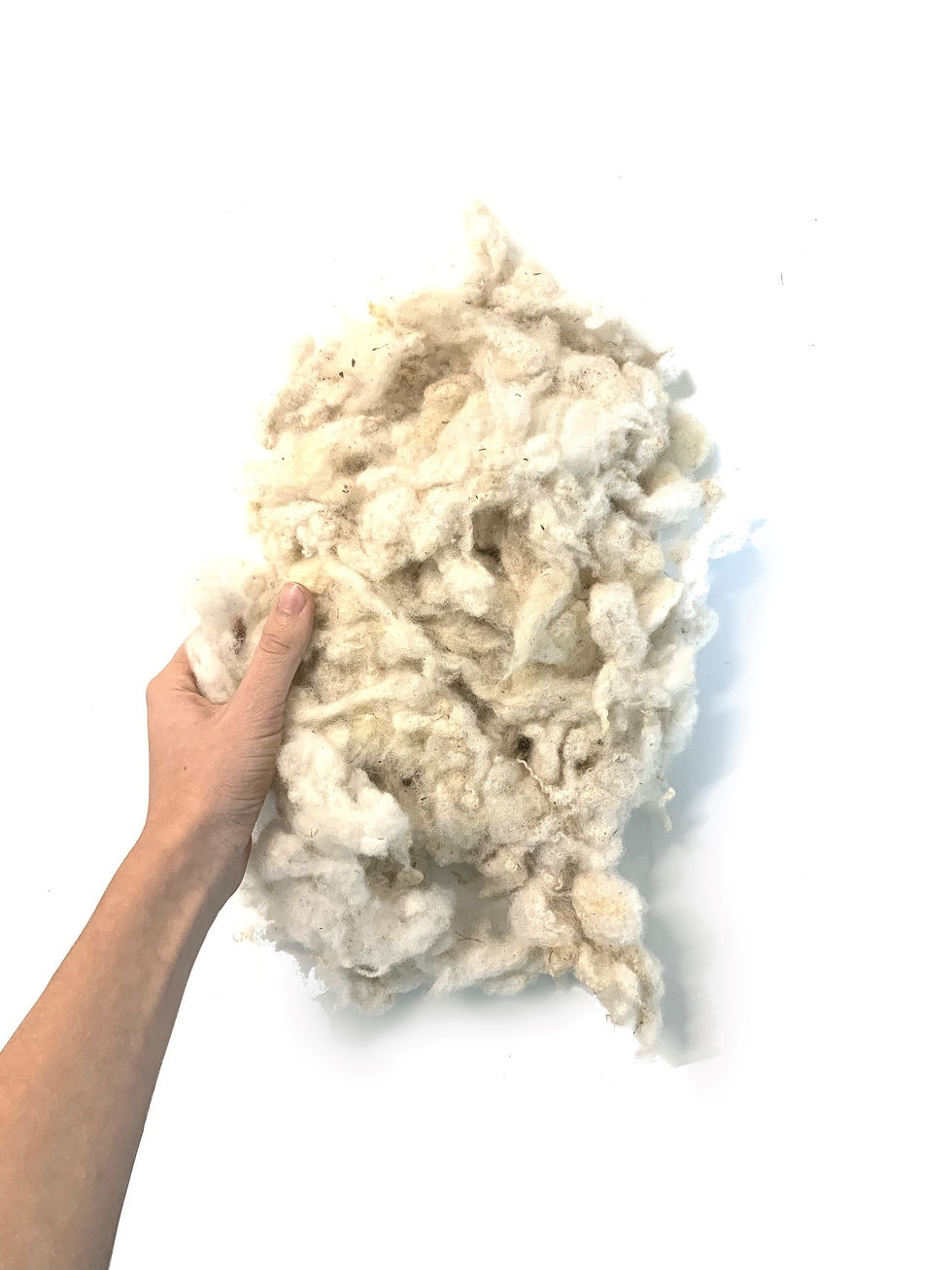Physical characteristics and composition of yarn
- Threads Traces
- Oct 27, 2021
- 2 min read
Updated: Nov 18, 2021
The sets of experiments that took place revolved around discovering
The qualities of wool, and then the quality of the yarn produced
As a thread.

01 - The spindle used in the process
The main idea behind the selection of the thread is to treat the thread as line
However, the thread still has its own physical properties so this is why physical
Experimentations were important.
The Goals
The goal of the process was to try create threads with multiple shapes, thicknesses
And qualities in order to put them through different experiments in order to take the outcome
To see what can be done with these threads from an artistic, architectural point of view.
The tools
The creation of the thread was mainly done by the spindle which is the most basic way.
The other tool was the mechanic drill in order to see the difference between hand-made
Threads, and the ones that were made mechanically, since the human hand plays
A big role in fiber twisting, and especially pulling the fiber when spinning which
Affects the outcome.
Types of threads.
Multiple types were created in order to test their properties.
1-raw unwashed wool
2-cardded unwashed wool
3- Threads from the previous types combined
Creating the threads with the spindle.
The first set of threads were created by the spindle at low thicknesses
After twisting the threads this thread was 4mm in thickness and was from uncardded
Fibers.
Meanwhile the next ones which were created by the spindle
Had similar qualities but with more thickness to test its resistance to dead loads.
The drill threads.
The drill was used to see if different outcomes can exist from using the traditional
Methods of creating threads
Some criteria were to be taken when using the drill
The speed of the drill was important because it can affect the shape, the density,
And the strength of the thread.
Multiple speeds were applied during the spinning process which produced un even
Threads in thickness.

02 - How the connection was made

03 - Double thread from two types 1-uncardded-cardded 8mm-1cm

04 - 10 meter thread then twisted by drill

05 - 5cm thread by drill not carded
Author: Tarek Malahefji




Comments